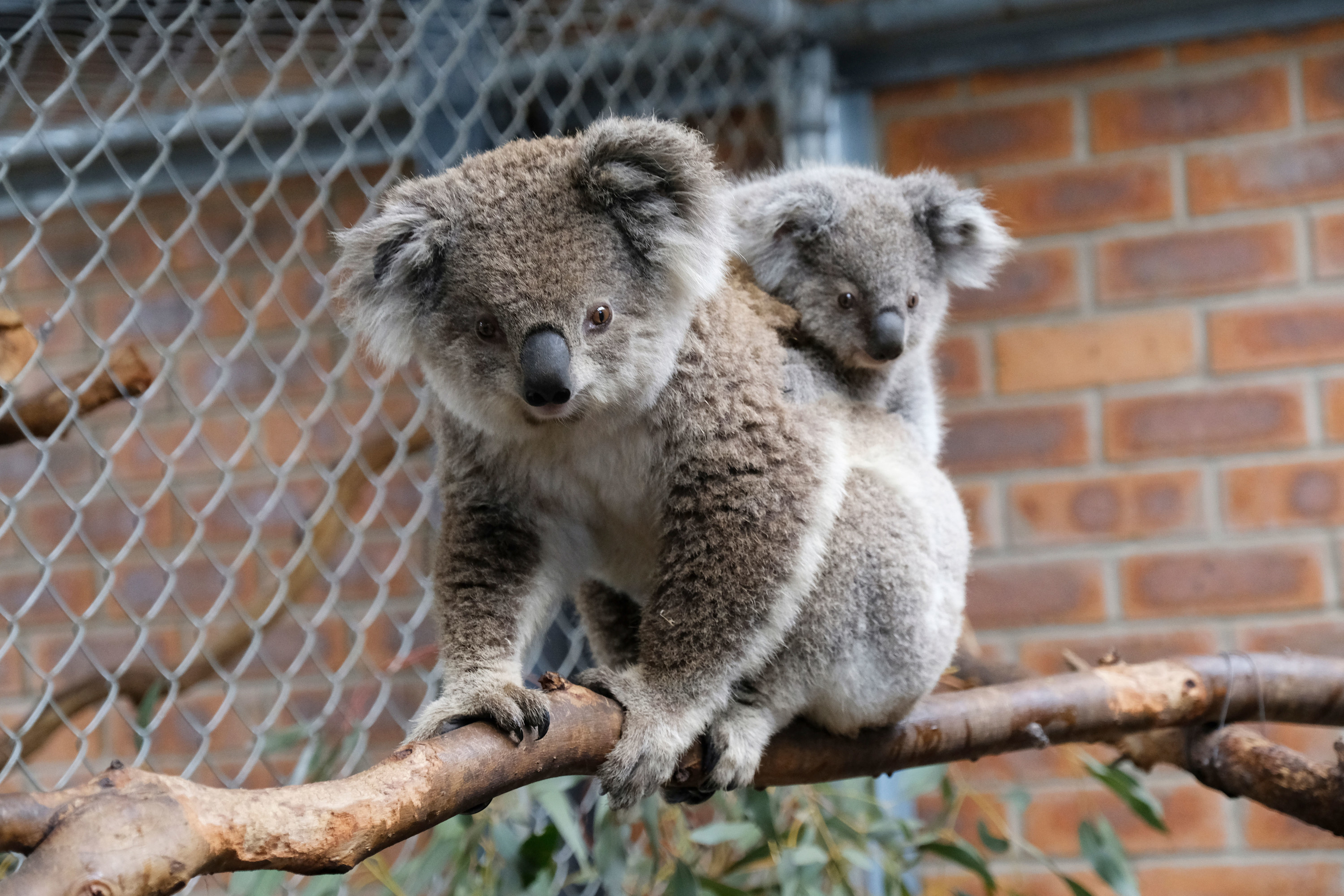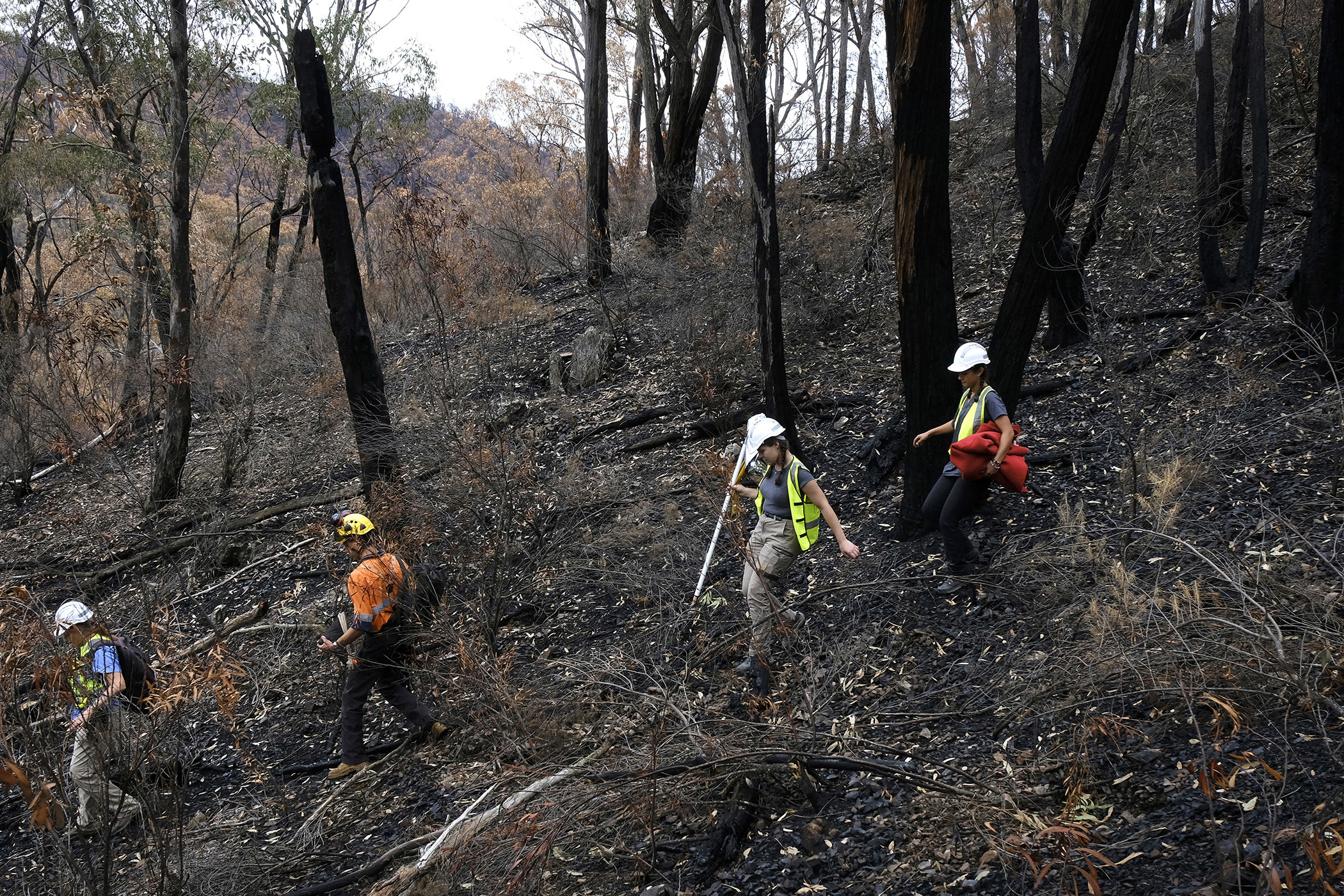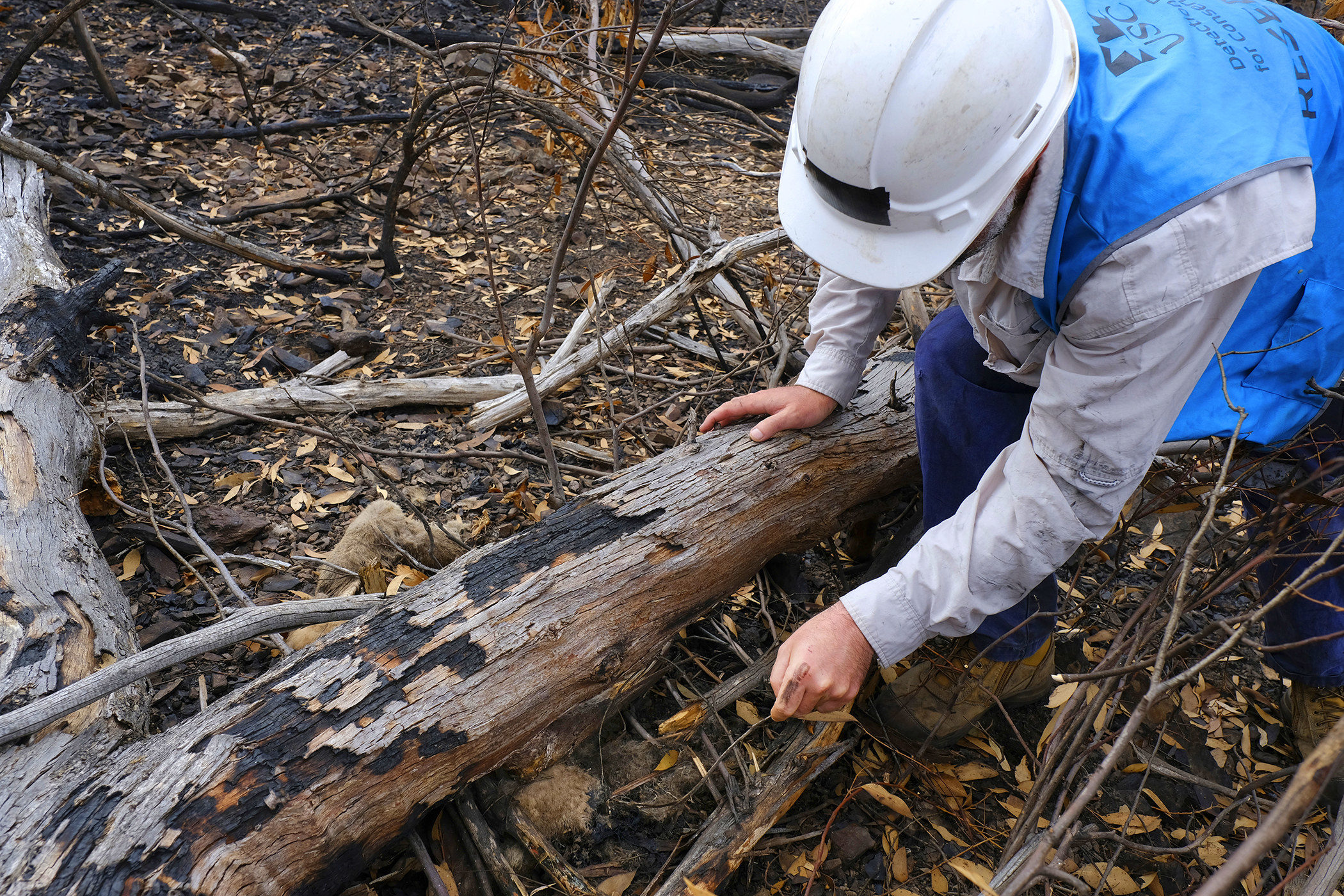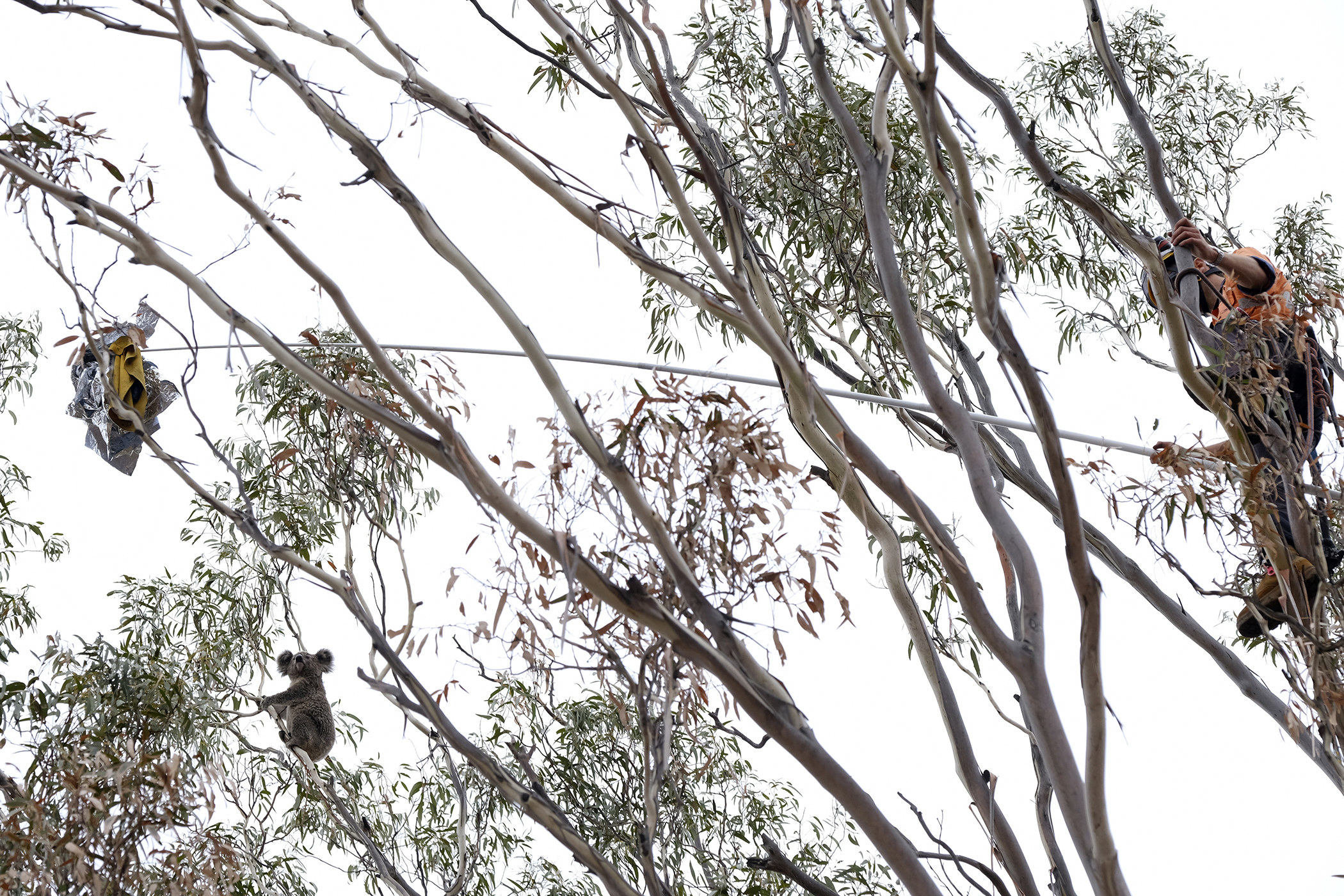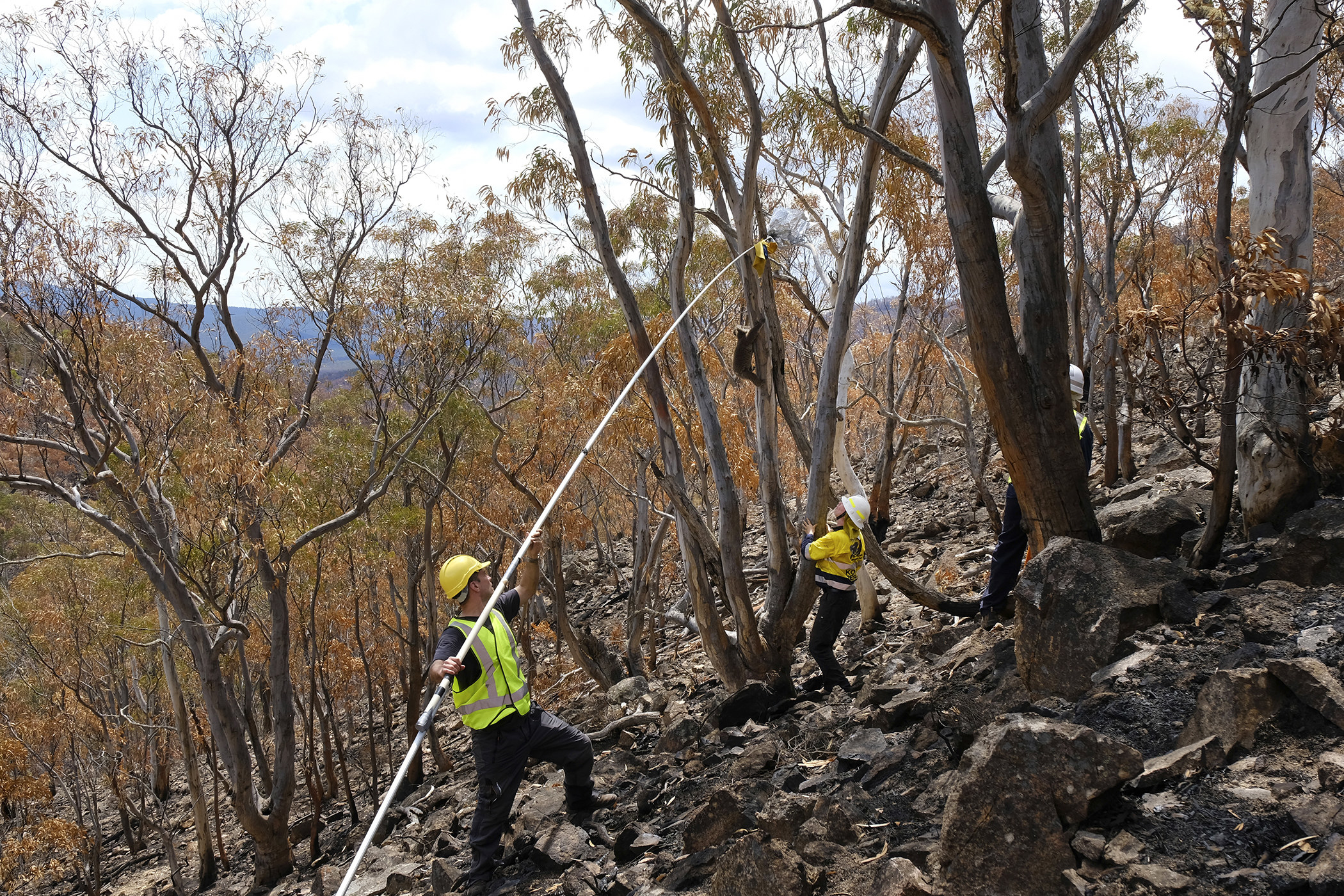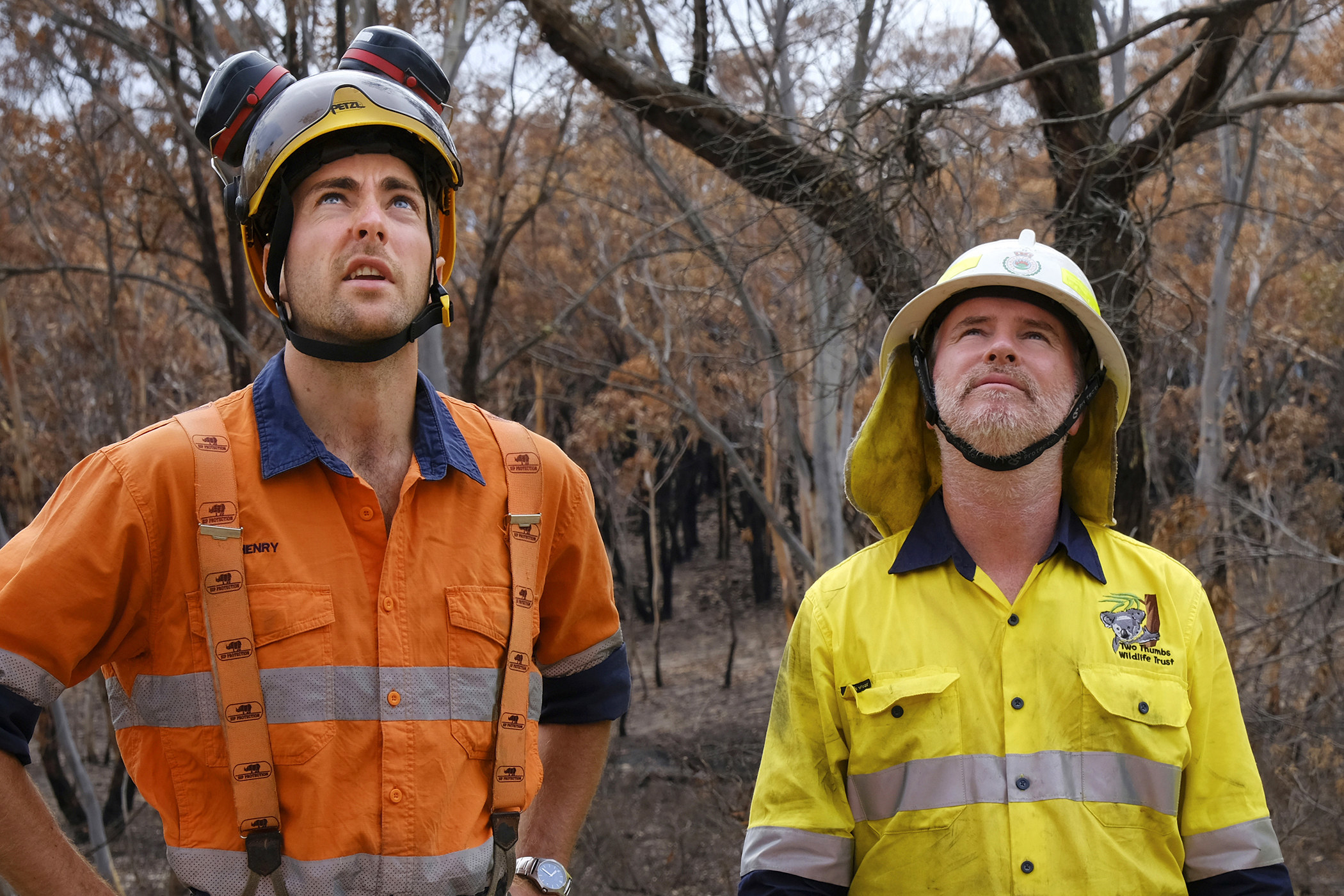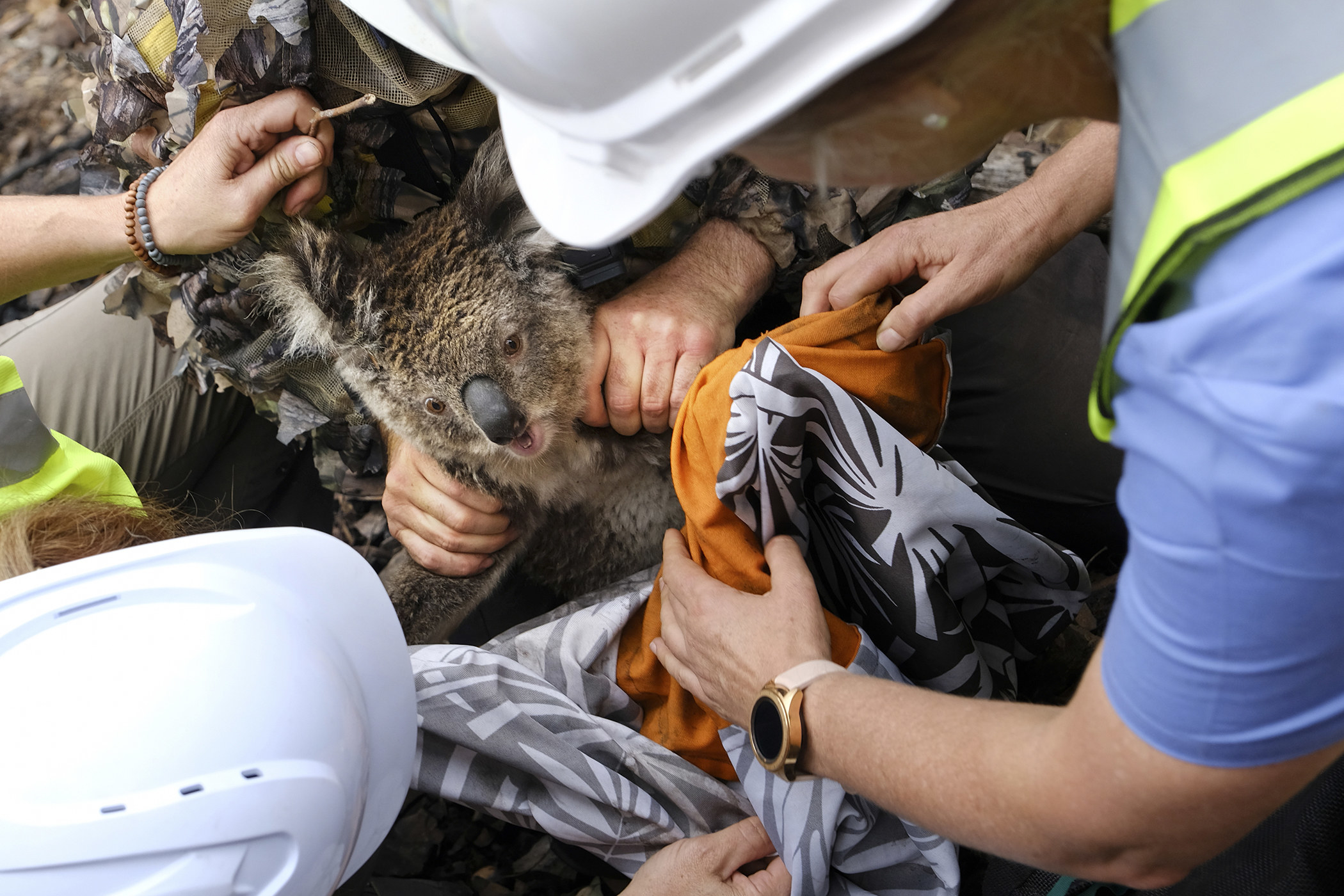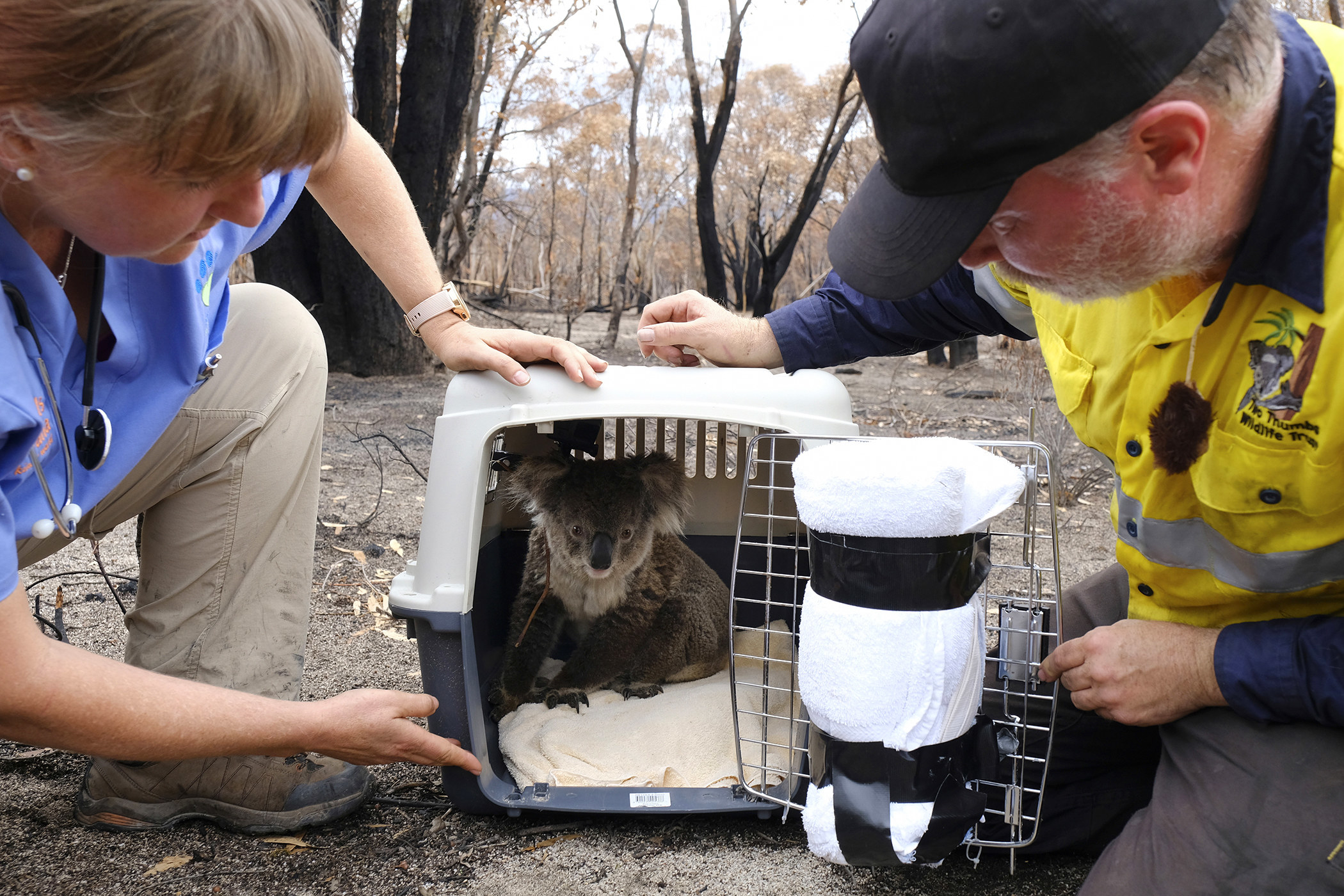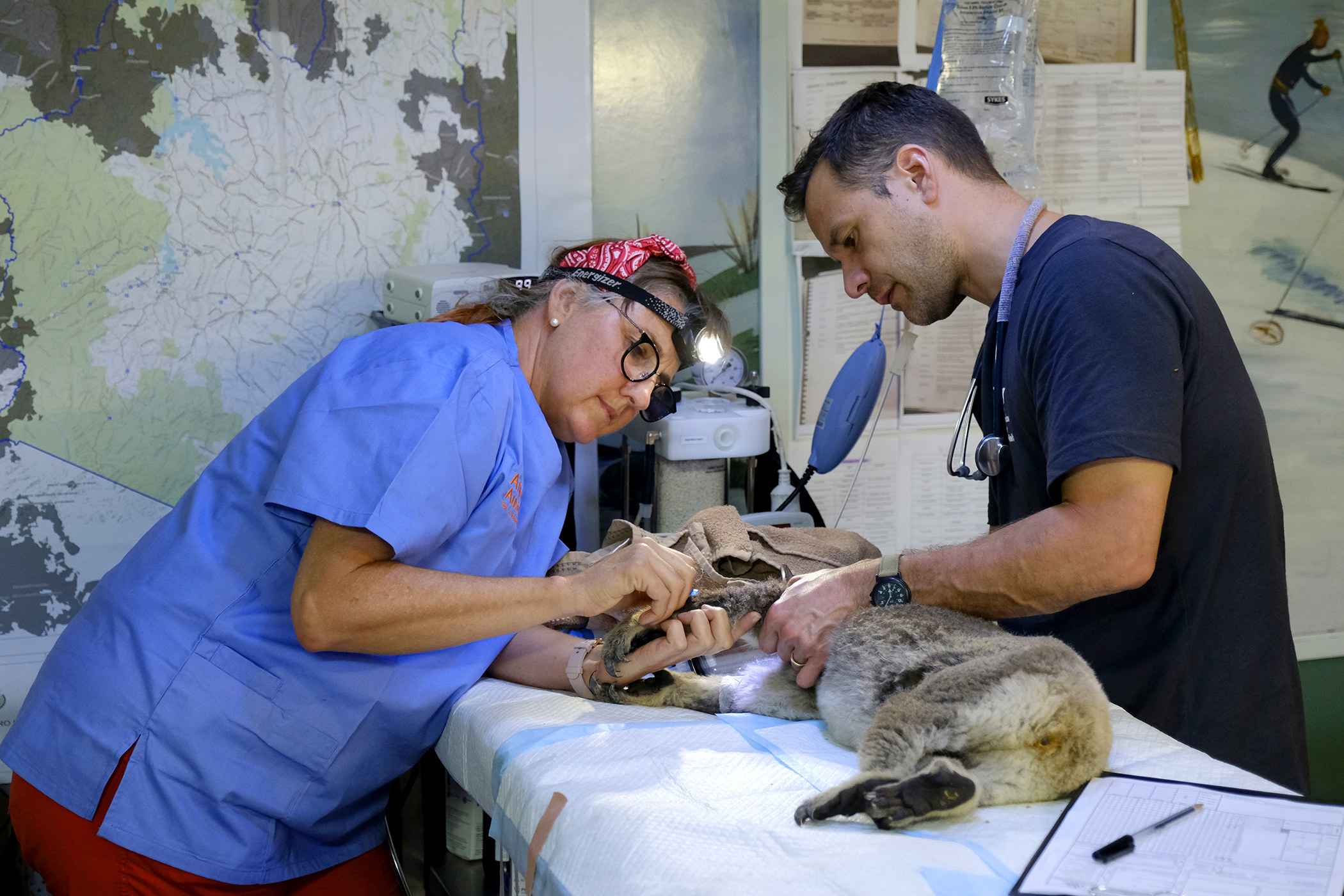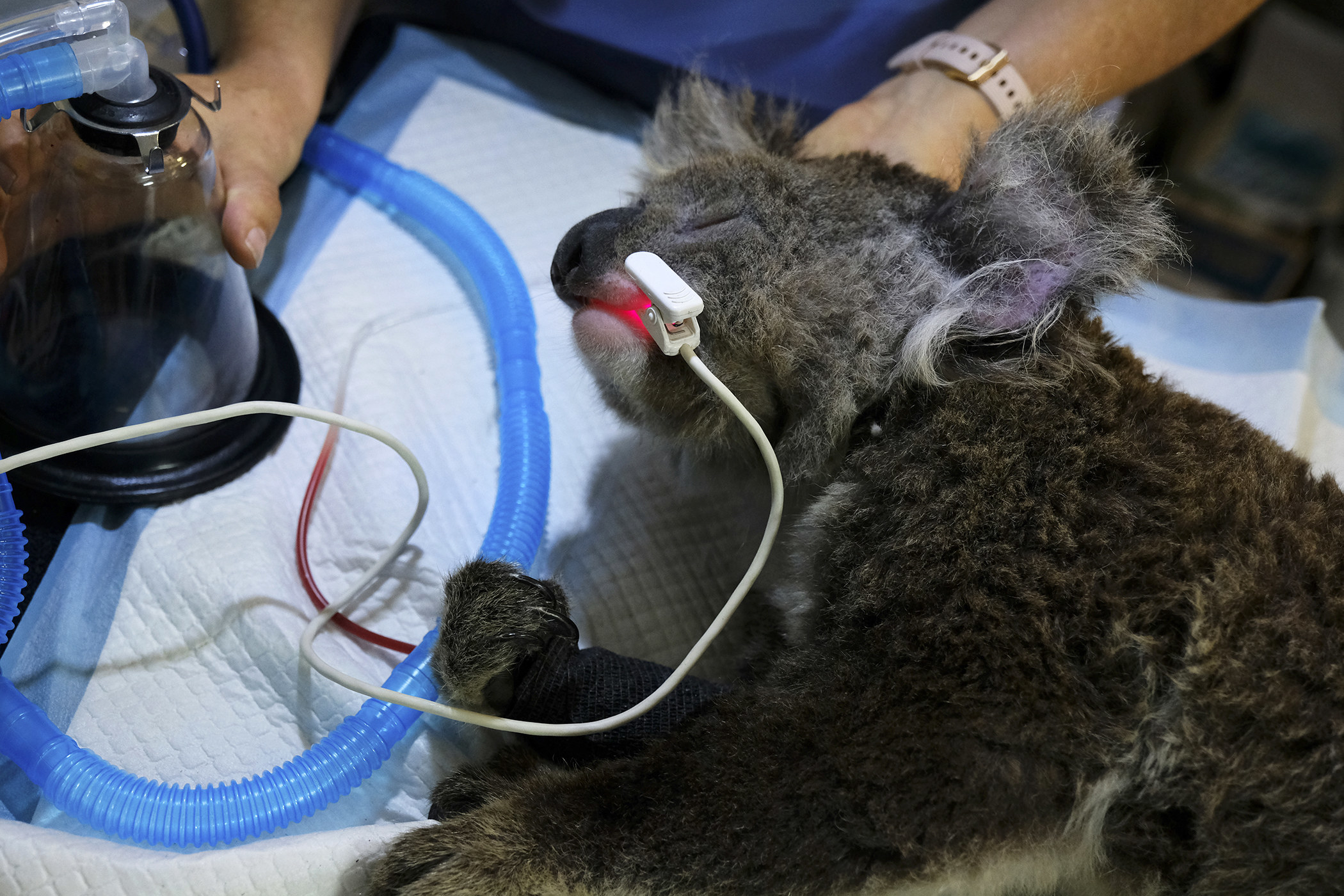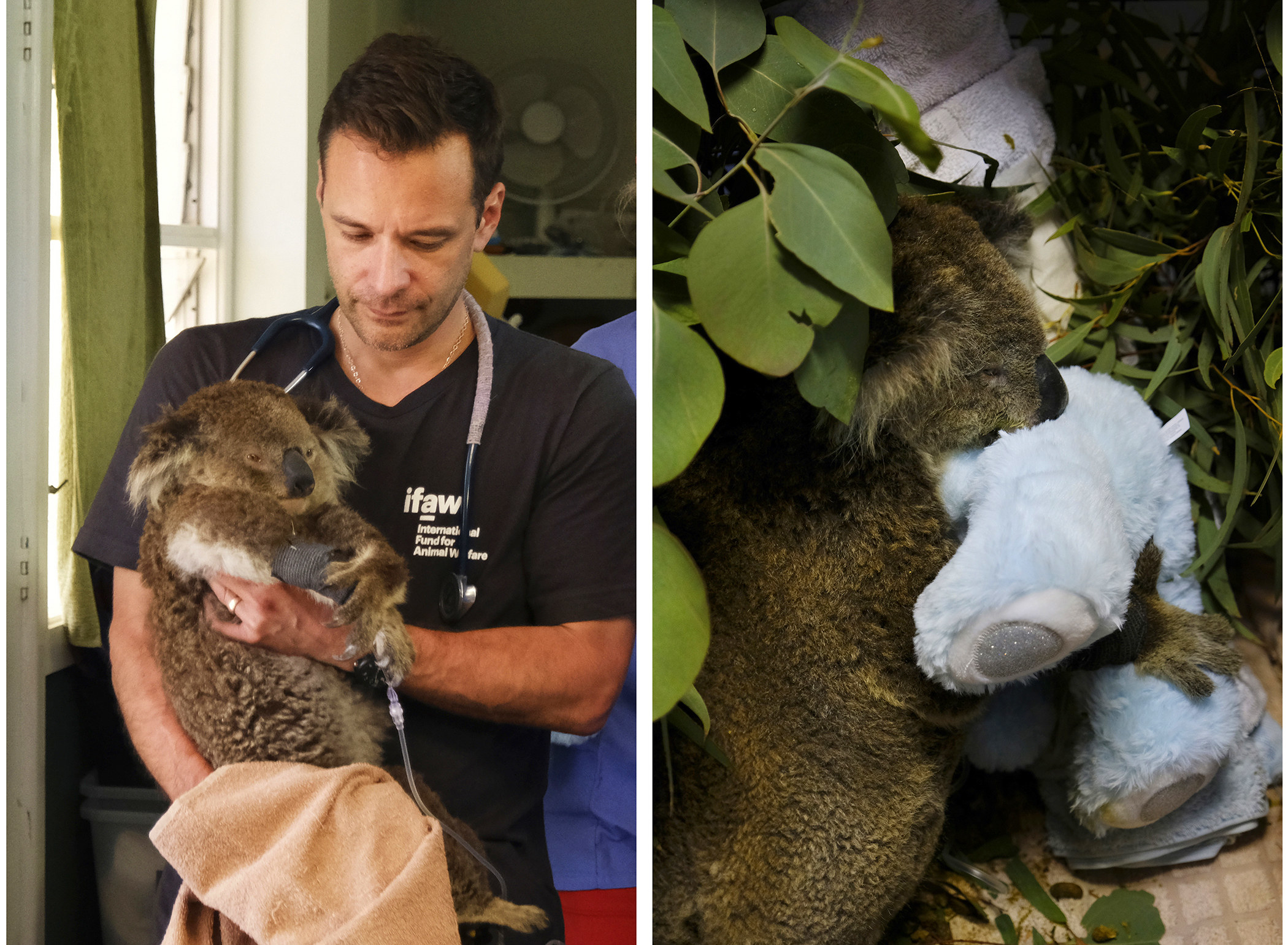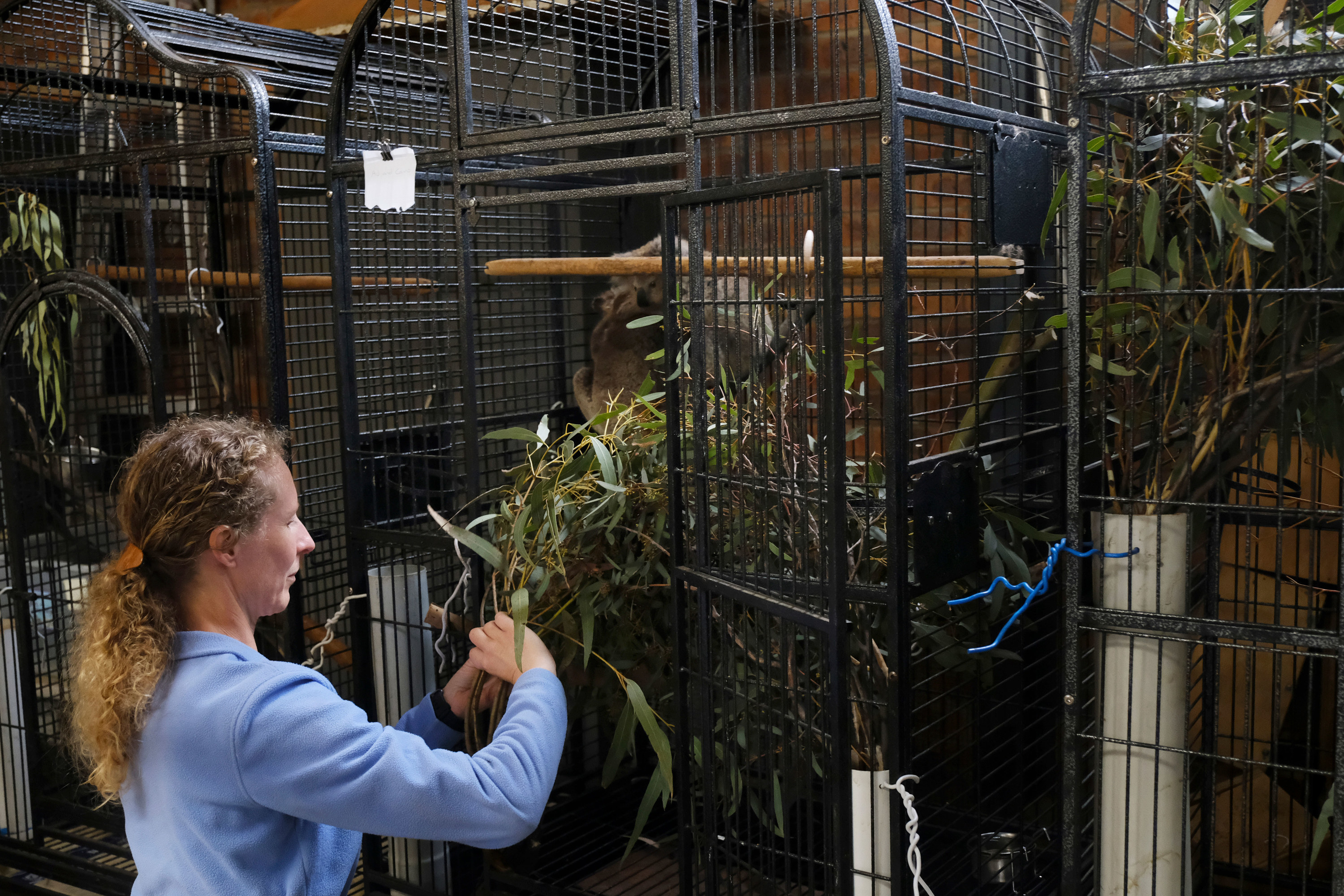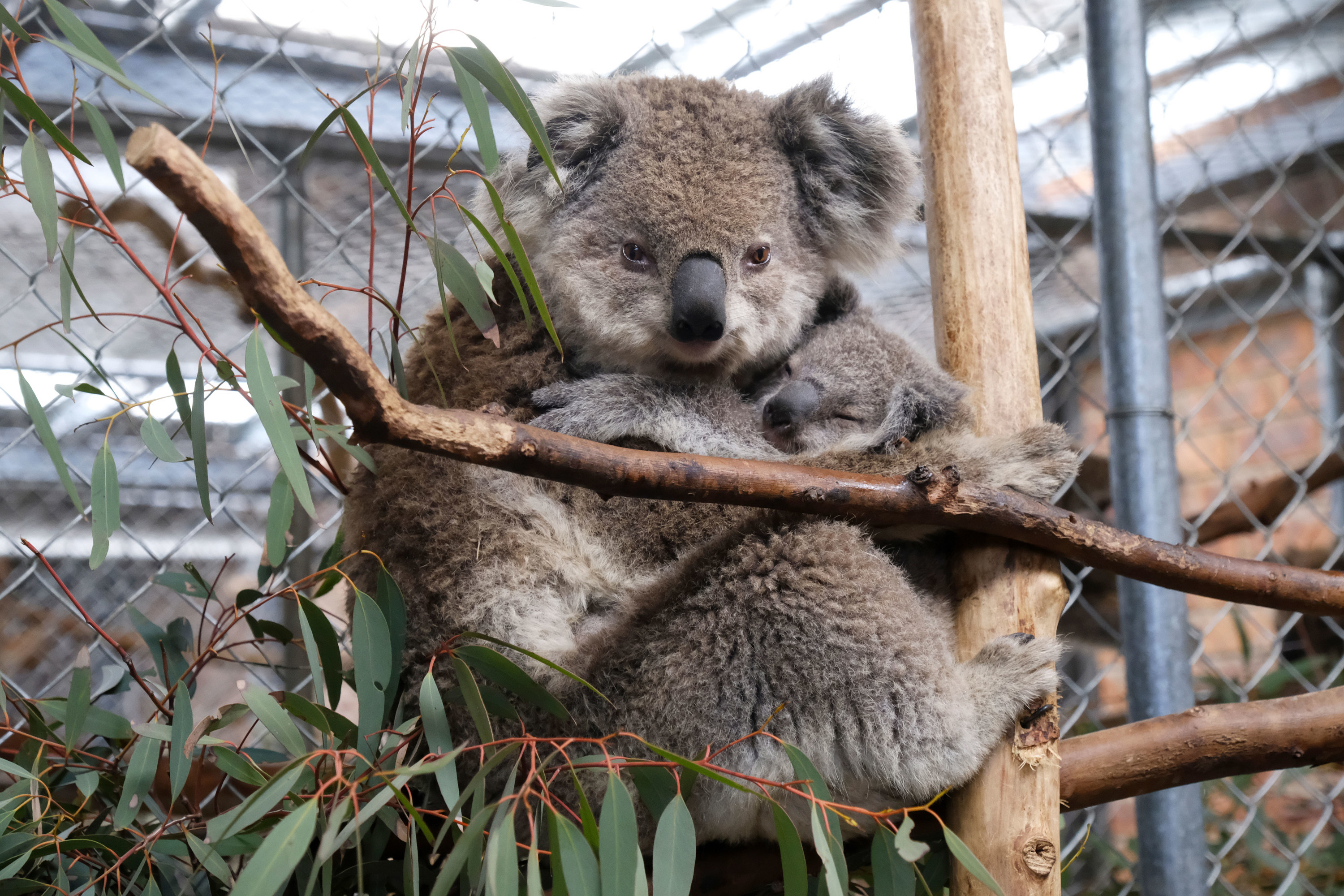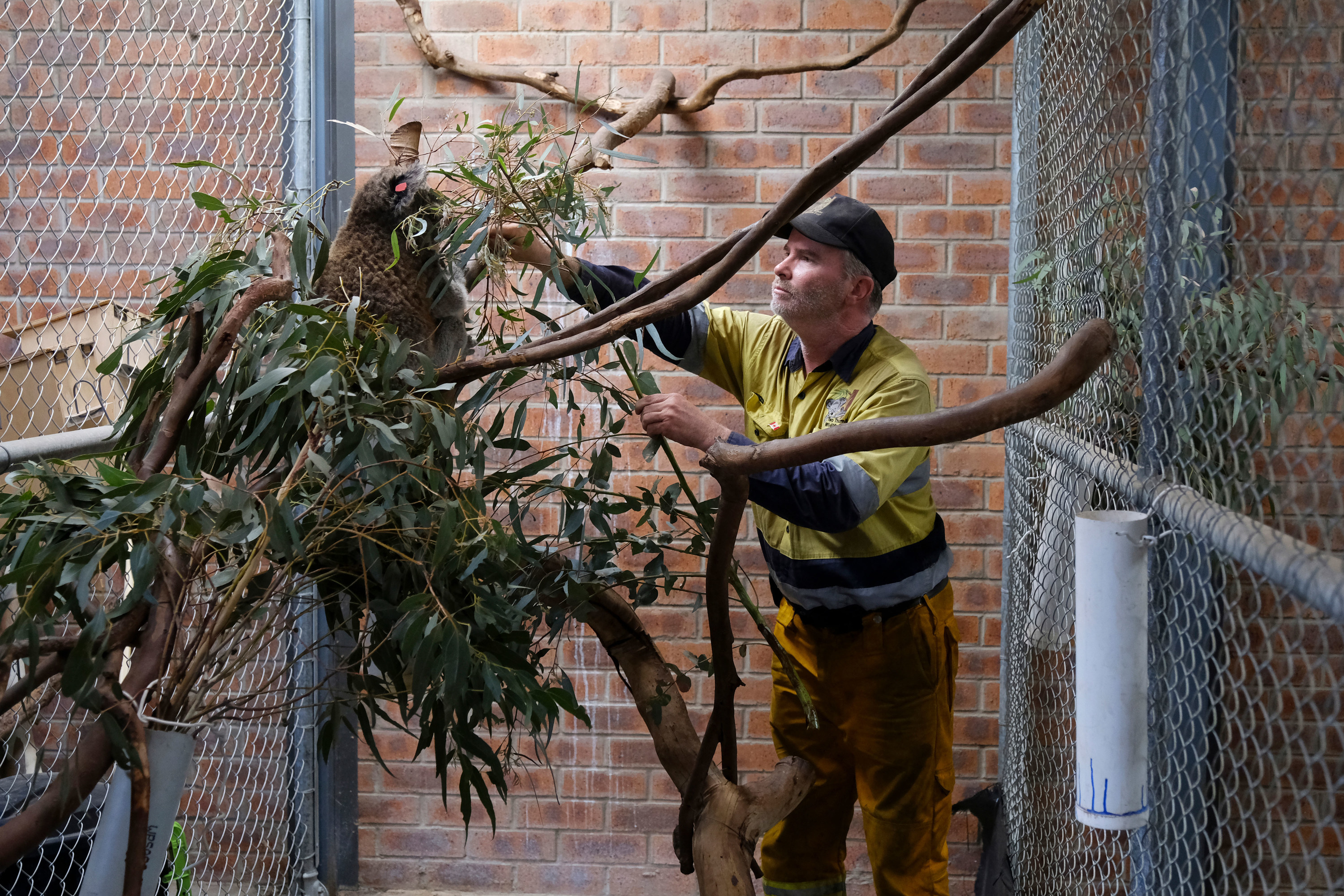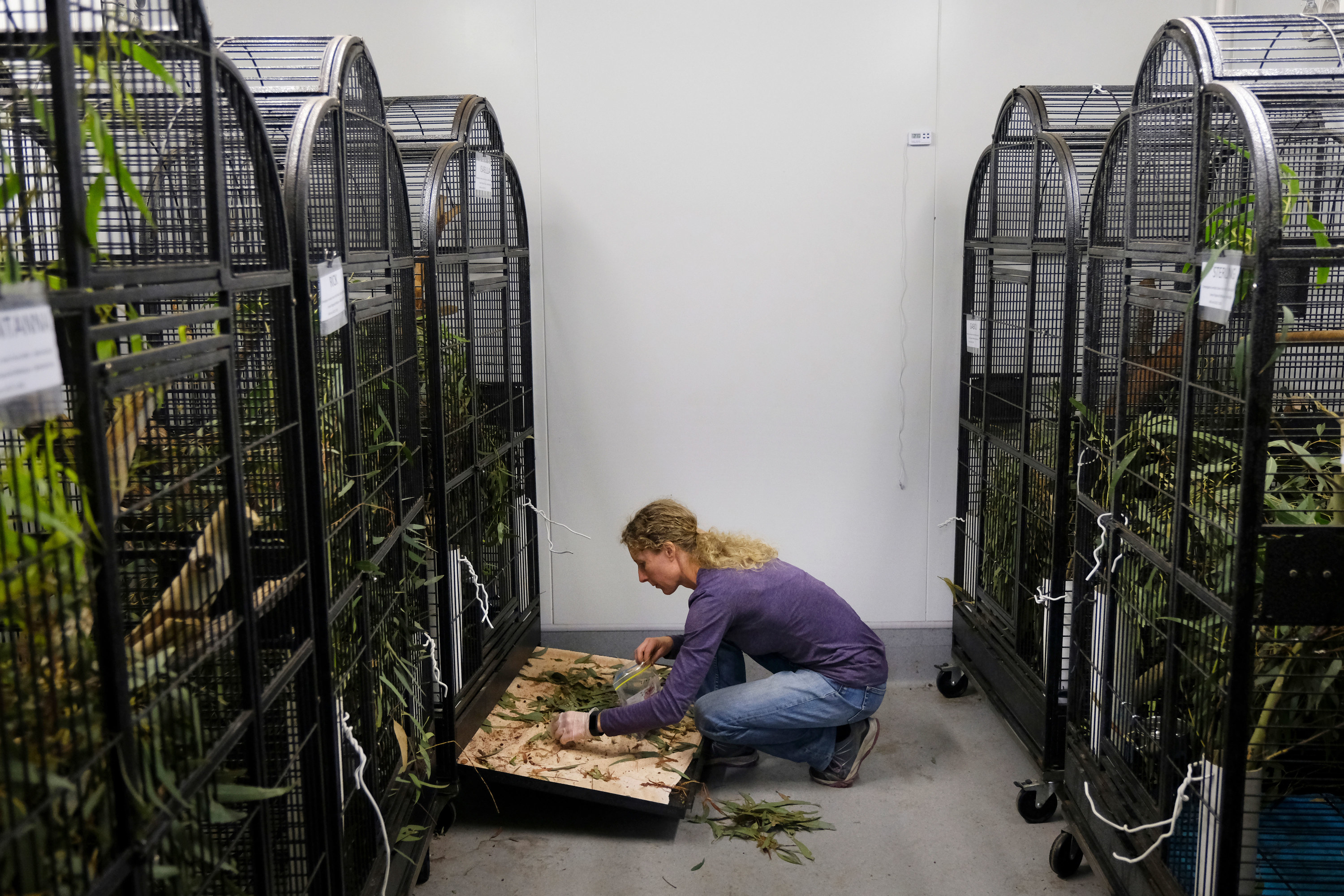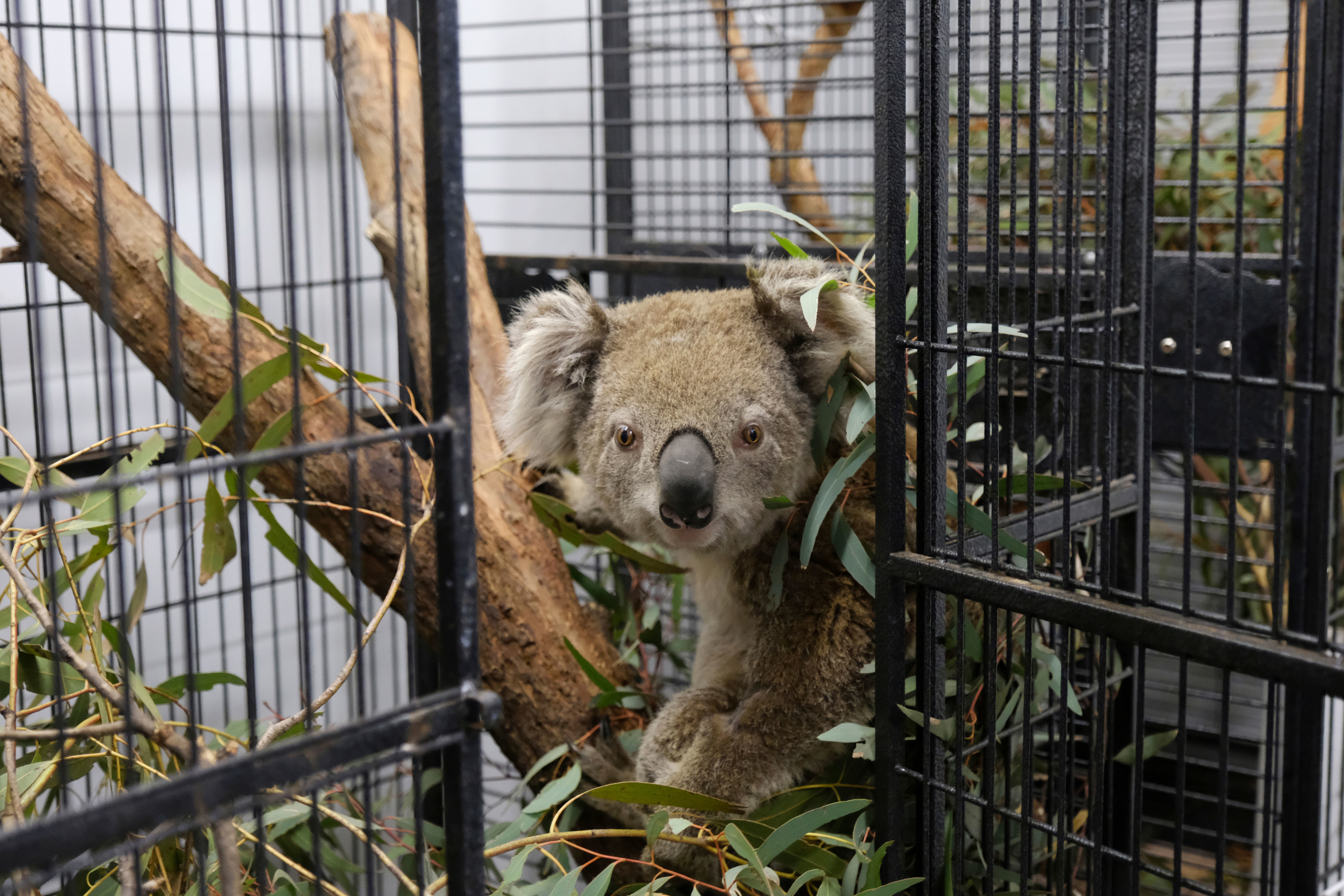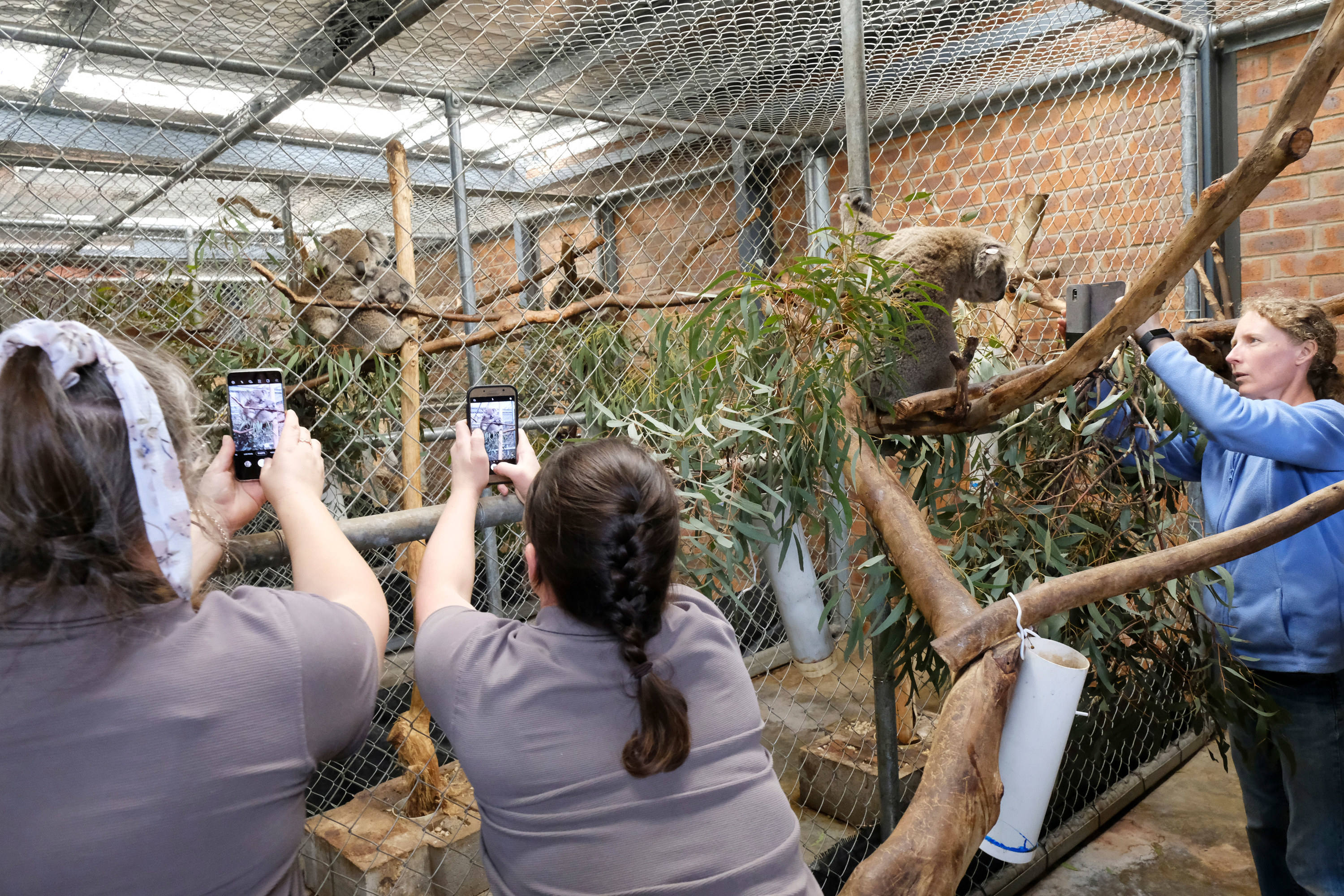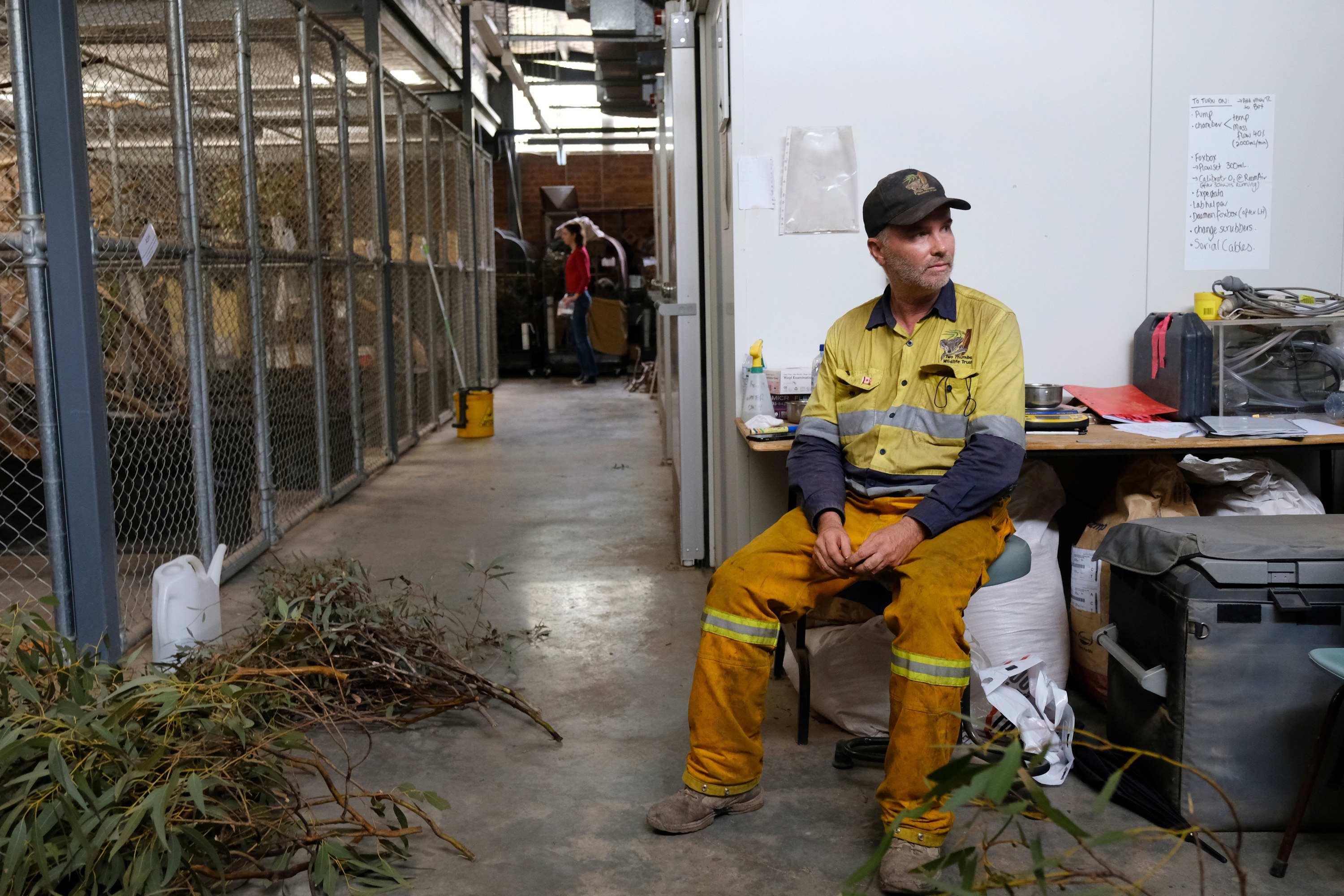Sign up for the BuzzFeed News newsletter JPG for behind-the-scenes exclusives from renowned photographers and our hard-hitting photo stories.
These are koalas that were rescued from James Fitzgerald’s Two Thumbs Wildlife Trust properties after fires devastated his property in January 2020.
Officials in New South Wales, Australia, declared last week that all fires in the region had been contained following heavy rains and flooding. Now, after a devastating bushfire season that scorched approximately 13 million acres of land and left more than a billion animals in Australia dead, researchers and conservationists are continuing the search for survivors in hopes of rehabilitating the affected wildlife.
One such conservationist is James Fitzgerald, whose wildlife sanctuary Two Thumbs Wildlife Trust was destroyed this past January in a bushfire, along with Fitzgerald’s home and the protected habitats of koalas, kangaroos, and other wildlife. Three American firefighters were killed on Jan. 23 when their plane crashed during a water-bombing mission to fight this fire. For the animals who survived the blaze, Fitzgerald and a team of researchers from the Australian National University have returned to the ruins of this animal sanctuary to gather and transport the surviving wildlife to the university’s facilities, where they can be properly treated and cared for. A GoFundMe has currently raised more than $120,000 to help the Two Thumbs Wildlife Trust.
Photographer Jennifer Osborne accompanied Fitzgerald on this important and at times devastating rescue mission to bring these surviving koalas to safety. Here, Osborne describes the harrowing scene and shares pictures from this experience.
How has Two Thumbs Wildlife Trust helped regional wildlife?
Owner James Fitzgerald is a retired government worker who is also an animal lover. He purchased a very large piece of land, over 1,000 acres, to start this wildlife sanctuary where koalas could live freely on his property. His sanctuary was a safe place for them to roam freely — and not only koalas, but kangaroos, wallabies, echidnas, and many other creatures, too.
A rescue team wanders Fitzgerald’s property to retrieve koalas who are affected by bushfires.
A rescuer discovers a dead koala who was crushed to death by a burned tree that fell.
Rescuer Henry Siems attempts to motivate a koala down a tree. Unfortunately, this koala was not willing to move and could not be rescued.
Unfortunately, fires swept through the sanctuary on Jan. 22, burning down his home and animal enclosures and destroying his trees. James had to evacuate many surviving koalas off his property and a number of them are currently being hosted by the ANU. Many eucalyptus trees were healthy on his property before the fire; now they are singed, many dead or low in moisture, which does not allow the koalas to get enough hydration from these leaves.
This is a very fresh loss, and Fitzgerald is taking steps day by day to improve the quality of life for animals on his property.
Can you speak more on where these koalas are currently being hosted?
Many were taken to ANU. However, Fitzgerald is still actively executing search and rescues to find remaining koalas in the trees. Bear the koala-sniffing dog was out this past weekend looking for survivors and was able to locate many around the property. We know of at least four more koalas who are stuck high up in trees, who need to be brought down somehow, either with humane base traps or a tree climber.
How difficult has the search and rescue operation been?
The koala searches are extremely difficult. We were walking for hours, over multiple days, trying to spot them up in the trees. Without Bear the dog to assist, it would be nearly impossible to find these guys. It is very labor intensive to rescue a koala, however it is extremely important to do so, especially in this state of New South Wales where koalas are very rare.
Is there any message you’d like to convey to people seeing these images?
These animals are the victims of climate change. Australia has been in severe drought for over three years, and the fires are an unfortunate result of that. Climate change is real, and I would like people to consider what implications it has — not only on us as humans, but on our adorable furry friends.
Rescue workers attempt to motivate a koala down from a tree.
Henry Siems (left) and James Fitzgerald analyze a tree before climbing to rescue a koala.
Veterinarian Catherine Schultze and helpers examine a koala named Billie, whom they had just rescued from a tree on Fitzgerald’s property.
Billie is led into a crate for transportation to the clinic.
Billie was severely dehydrated and required extensive treatment.
Billie is treated by veterinarians Catherine Schultze and Paul Ramos at the Australian National University in Canberra.
Billie sleeps as veterinarians administer aid.
Billie recovers following treatment.
Dr. Karen Ford feeds eucalyptus to the koalas that have been rescued from Fitzgerald’s property.
These koalas were rescued on Fitzgerald’s property following the devastating fire in January.
Fitzgerald feeds his koalas at the Australian National University in Canberra.
Ford cleans cages at the Australian National University in Canberra.
Workers at the university take photos of the wildlife while Ford examines a koala.
Fitzgerald watches as Ford treats the koalas rescued from his property.
- Climate Change
Gabriel H. Sanchez is the photo essay editor for BuzzFeed News and is based in New York City.
Contact Gabriel H. Sanchez at [email protected].
Got a confidential tip? Submit it here.
Source: Read Full Article

